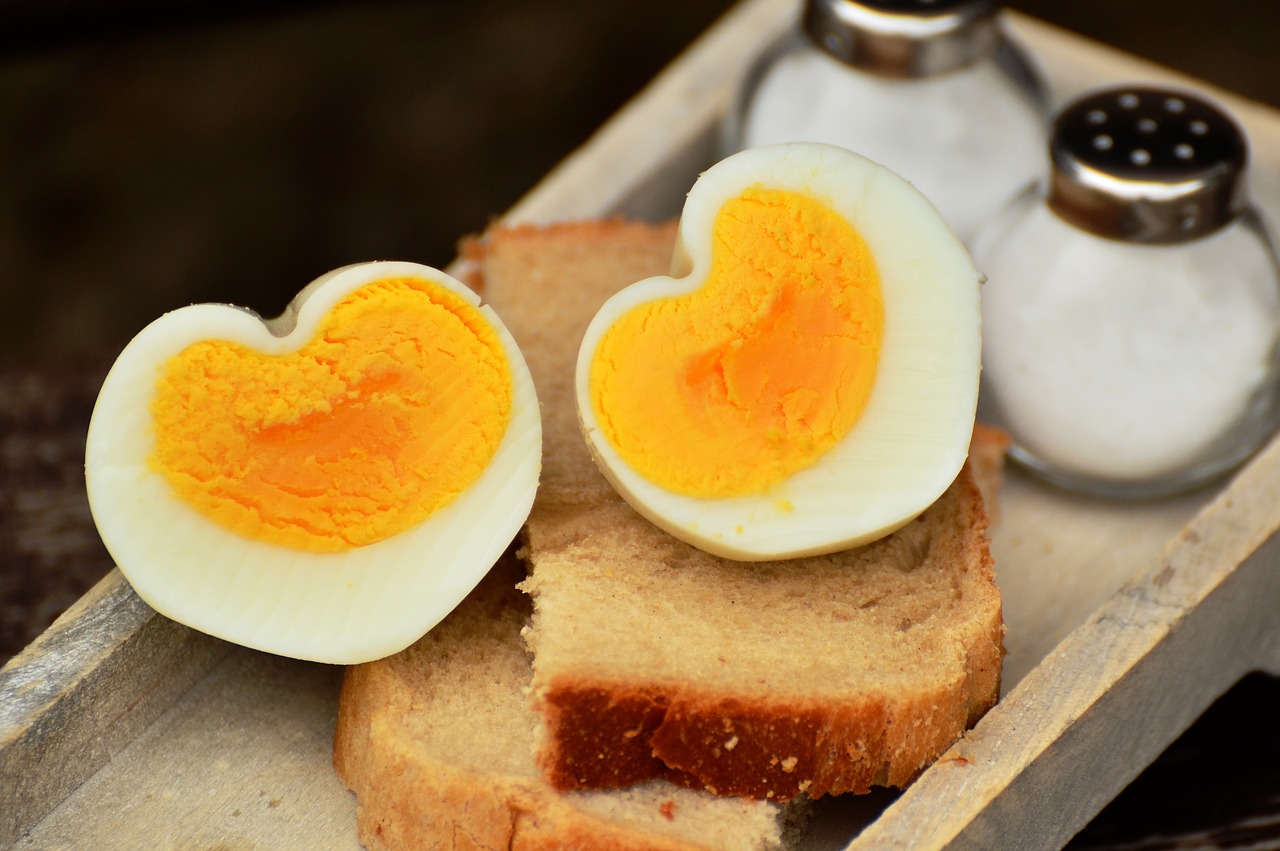When you think about organs, you probably imagine the brain, heart, and lungs, all of which are inside your body. But there is actually an organ on the outside of your body—your skin. Skin is the largest organ, weighing about 8 pounds in adults and covering roughly 20 square feet when stretched out. And while it’s true that you’d fall apart without it, acting as a cover for your internal organs and systems is just one of your skin’s many important functions.
Some of its other functions include:
- Acting as a shield and protecting your internal organs and systems from exposure to harmful agents.
- Regulating body temperature and fluid balance through sweat.
- Detecting and relaying changes in the external environment through sensations of touch, heat, cold, and pain.
Skin Structure
Skin is composed of three layers—the epidermis, dermis, and hypodermis. Each layer is made up of several different components and has a unique structure that allows it to carry out its many functions.
The epidermis
The epidermis is the thin outer layer of skin that acts as a barrier, protecting your body from harmful things like sun rays, toxins, and germs. It has four distinct layers and is made up of different cell types, such as keratinocytes, melanocytes, and Langerhans cells. Most of the cells in your epidermis are keratinocytes. These cells produce a protein called keratin, which gives your skin structure and helps form a protective barrier.
Melanocytes make up about five percent of the epidermis and are responsible for producing melanin, a pigment that absorbs UV radiation. It is produced in response to sun exposure and thus, is thought to protect skin cells from UV radiation damage. Melanin is the substance that gives your skin its color. Lighter skin tones have less melanin; darker skin tones have greater melanin. Langerhans cells, which also make up about five percent of the epidermis, are immune cells that act as a first line of defense against germs and other harmful invaders.
The epidermis constantly regenerates itself; new cells form in the lower layers and then move to the surface over the course of a month. As cells move to the surface, they get bigger, flatter, and join together, forming a durable layer of skin. Eventually, they die and flake off, a process referred to as cell turnover.
The dermis
The dermis lies beneath the epidermis. It is the thickest layer of your skin that is held together by connective tissue and stores a large portion of your body’s water supply. The main component of this tissue is collagen, a protein that gives your skin strength; a smaller component is elastin, a protein that gives your skin its elasticity. As you age, both collagen and elastin levels decrease, which causes your skin to wrinkle and sag.
The dermis also contains hair follicles, nerve endings, oil glands, sweat glands, blood vessels, and lymph vessels. The various types of hair produced by hair follicles help to regulate temperature, protect from injury, and enhance sensation. Nerve endings are responsible for sensing temperature, pressure, and pain.
The oil glands help keep the skin moist and provide a protective barrier against foreign substances. Sweat glands help regulate temperature by producing sweat, which cools your body as it evaporates off your skin.
Blood vessels found in the dermis supply nutrients to your skin and help regulate body temperature. When it is cold, blood vessels constrict to help retain body heat; when it is hot, your blood vessels dilate to allow more blood to circulate near the surface, which helps release heat. The lymph vessels supply the skin with lymph, a substance that contains immune cells, which helps to protect against foreign invaders.
The hypodermis
The hypodermis (also called the subcutaneous layer) sits below the dermis and is mostly made up of fat and connective tissue. The fat provides protective padding and insulation and serves as an energy storage area. The thickness of this layer depends on the location of the body. Areas like the abdomen can have several inches of fat, whereas the skin covering your eyelids has very little fat. This layer of fat tissue diminishes with age, causing the skin to sag and wrinkle.
Role of Nutrition in Skin Health
Good nutrition is important for skin health. Both macronutrients (carbs, proteins, fats) and micronutrients (vitamins, minerals) are needed to support the functions of your skin and can be delivered in two ways:
- internally, through your blood vessels
- externally, through topical applications
Due to the high density of blood vessels in the dermis, dermal layers are best supported by nutrients delivered through the bloodstream, which come from the foods you eat. Conversely, the epidermis likely benefits most from nutrients delivered by topical application. Blood vessels don’t quite reach the outer layer of skin and, because of its tight-knit structure, there is little movement of nutrients from the dermis to the epidermis.
As far as topical applications go, the delivery vehicle of nutrients is important as the top layer of the epidermis, the stratum corneum, acts as a barrier that prevents the passage of many substances. The unique structure of the epidermis also limits the loss of vital nutrients and water from underlying tissue.
To get beneficial nutrients into the epidermis, specific methods are used to help overcome this barrier function. For example:
- Adding “carrier molecules” to the topical application. These molecules bind to the beneficial nutrients that are unable to get through the barrier alone and carry them into the stratum corneum.
- Adding certain compounds that change the structure of the stratum corneum, which makes it easier for the nutrients to pass through the epidermal cells.
How to Keep Your Skin Healthy
Proper skincare is essential to maintaining the health and vitality of your skin. This includes eating nutritious foods and using skin care products packed with beneficial ingredients. Here is a list of nutrients essential for healthy skin:
Water: Drink plenty of water to keep your skin hydrated and help your cells get rid of toxins.
Selenium: Selenium is a trace mineral—you just need a little, but a little does a lot. To help protect against free radical damage, especially in your skin, make sure you’re getting enough selenium from foods like Brazil nuts, mushrooms, and seafood.
CoQ10: This potent antioxidant has been shown to help reduce the appearance of wrinkles and other signs of aging. Get it from fish and whole grains.
Vitamin A: Eat orange fruits and veggies as well as leafy greens to get enough of this antioxidant. Vitamin A may help skin appear less dry and flaky and may even reduce the appearance of wrinkles and brown spots.
Vitamin C: Citrus fruits, greens, and cruciferous veggies like Brussels sprouts will provide this antioxidant, which may help prevent the formation of free radicals caused by environmental factors like UV exposure.
Vitamin E: Help keep your skin from looking red and irritated by getting enough of this antioxidant. Eat plenty of healthy oils, nuts, seeds, and leafy greens.
Here are some additional things you can do to keep your skin looking vibrant:
- Use a sunscreen that blocks UVA and UVB rays
- Avoid long exposure to direct sunlight
- Always wear a hat and sunglasses with large lenses that cover the delicate skin around the eyes
- Avoid wearing makeup to bed
Nutrient Spotlight: Vitamin C
Vitamin C, also known as ascorbic acid, is a nutrient found in high concentrations in healthy skin. It has many important functions, which include:
Photoprotection: The antioxidant activity of vitamin C protects against free radicals produced when exposed to sunlight (UV radiation).1
Collagen synthesis: Vitamin C regulates the production of collagen, a structural protein that gives your skin its strength. Research suggests that higher intakes of vitamin C are associated with better skin appearance and fewer wrinkles. Also, the use of vitamin C in topical applications for at least 12 weeks has been found to have several benefits, including decreased wrinkling and increased collagen production.1
Depigmenting agent: Vitamin C is a substance that interrupts melanogenesis—the process by which skin cells produce melanin, a natural skin pigment.3 Hyperpigmentation, or darkening of the skin, occurs when there is excess production of melanin. It is caused by several factors, including excessive sun exposure, injury, and hormonal changes during pregnancy. The increased pigmentation isn’t necessarily harmful but is often unwelcome. As a depigmenting agent, vitamin C helps to lighten dark spots and even overall skin tone.1,2,3
Promoting differentiation of keratinocytes: Cell differentiation is an important process whereby an immature cell becomes a mature, specialized cell capable of performing specific functions. Keratinocytes are the main cell type in the epidermis that are responsible for the barrier function of the skin. Vitamin C enhances differentiation of keratinocytes, which helps maintain the integrity of the skin barrier.3
As mentioned previously, nutrients can be delivered to your skin internally, through blood vessels, and externally, by topical application. To best support the dermal layers of your skin, eat foods rich in vitamin C, such as citrus fruits and leafy greens. Topical applications that include vitamin C can be used to support the epidermal layer; however, the effectiveness of this method depends on the product’s formulation. Here’s why that is:
- In nature, vitamin C is found in two forms—L-ascorbic acid and D-ascorbic acid. L-ascorbic acid is the biologically active molecule, which means it can interact with your cells in a way that impacts your body function. The active form of vitamin C is an unstable molecule that gets converted to its inactive form, D-ascorbic acid, when exposed to air, heat, and/or light. When this happens, vitamin C no longer provides its beneficial effects.
Several methods have been shown to improve the stability of vitamin C in topical applications, one of which is creating vitamin C derivatives. This involves combining the active form, L-ascorbic acid, with other ingredients to create a more stable molecule; one that resists changes to its structure upon exposure to light, overcomes the challenge of penetrating the skin’s natural barrier and converts to L-ascorbic acid once inside the skin. Examples of vitamin C derivatives include tetrahexyldecyl ascorbate, sodium ascorbyl phosphate, ascorbyl palmitate, retinyl ascorbate, and magnesium ascorbyl phosphate. When shopping for creams and serums, look for these ingredients.














